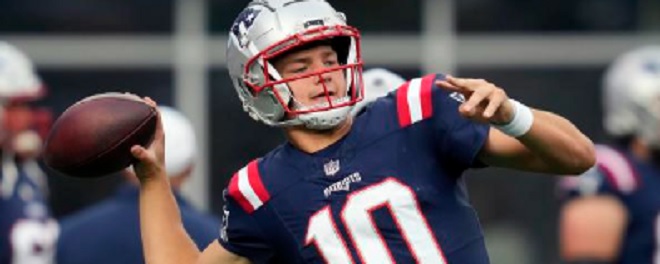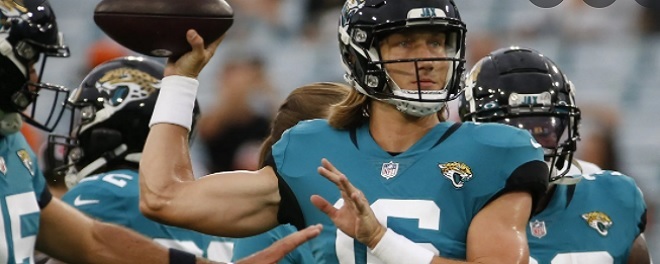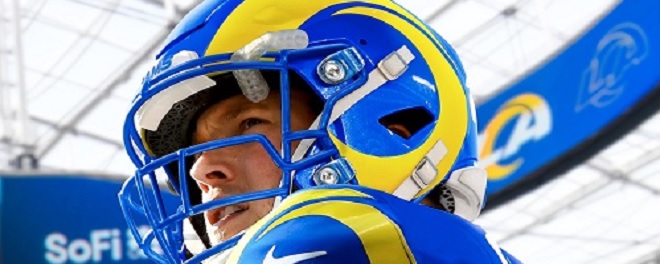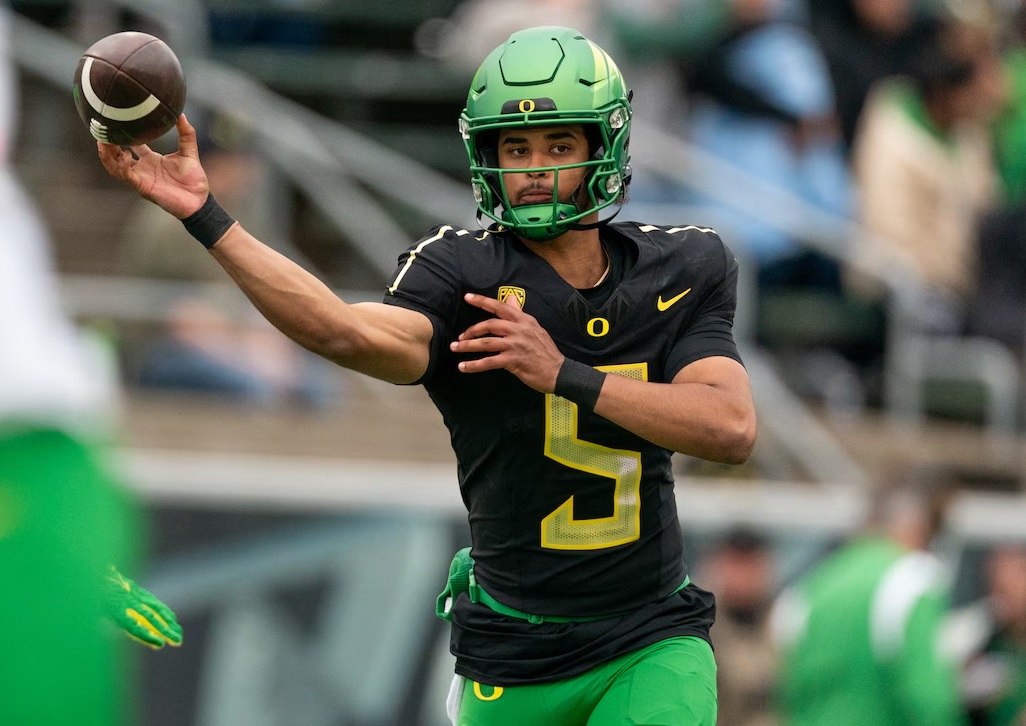Weaknesses:
Summary: The SEC is happy to see Banks move on to the NFL as he has been one of the best cornerbacks in the conference over the past four seasons. He broke into the lineup as a freshman and had an immediate impact. In 2009, Banks had 33 tackles and four interceptions, including two pick-sixs against Tim Tebow in a near upset of a No. 1-ranked Florida team.
Banks had 54 tackles, one forced fumble and three interceptions in 2010. He was superb in 2011, too, totaling 71 tackles, five interceptions, three sacks, three forced fumbles and nine passes broken up. Overall, it was Banks’ best season at Mississippi State.
This season was on pace to be even better for the senior, but a knee injury really held him back in the second half of the year. Banks had an excellent game against Auburn with two interceptions to start the season. The picks came in the second quarter and helped the Bulldogs pull away from the Tigers.
Banks had some great games in the following weeks. He had a clutch forced fumble in an excellent performance against Tennessee and their talented receiving corps. Against Middle Tennessee State, Banks was dominating with an interception, eight tackles and two passes batted away, but that was also when he injured his knee.
The injury lingered yet Banks continued to play. The knee seemed to be slowing him down against Alabama and Texas A&M as he wasn’t his normal play-making self. Banks was part of two coverage breakdowns for scores gainst the Crimson Tide. On the first breakdown, he was beaten on a go route by Kenny Bell for a 57-yard touchdown. On the second, Banks was in zone and thought he had linebacker help to the inside, but nobody was there and the tight end came wide open for an easy touchdown toss.
Banks didn’t record an interception in the final six games after the knee injury and had only two passes broken up. He amassed 63 tackles, four interceptions, a forced fumble and seven passes broken up in 2012.
The knee kept Banks out of the Senior Bowl and could have contributed to him having a disappointing Combine that featured a slow 40 time (4.61 seconds). He ran better at his pro day, posting a reported 40 time of 4.51 seconds. That speed seems right for how Banks played prior to the knee injury.
Banks is a well-rounded cornerback for the NFL. He has the size and strength to play press-man coverage. Banks has great length to make it very difficult for quarterbacks to get the ball around him. Plus, he has good ball skills. Banks has good hands and is adept at getting in position to snatch interceptions. He has good instincts to help create turnovers and splash plays.
Banks is a physical corner. He is a gritty player who doesn’t shy away from contact and never hesitates in run support. Against big receivers, Banks is a nice weapon for defenses to employ. His height and length allow him to take away some red-zone mismatches.
The biggest concern with Banks is if he is fast enough to run with deep threat receivers in the NFL. That could be a problem for him against elite play-makers.
Banks would be best in a scheme that mixes up coverages. Putting him on an island all game would make him less effective and could allow the speed issue to be exploited. Moving Banks around from press-man coverage to zone coverage would enable his team to get the most out of Banks. He would be a great fit in a Tampa 2 system as well.
Giving Banks the ability to freelance and make plays off his exceptional instincts would be best, and he could turn into a pro bowl caliber corner. Banks’ four seasons of experience in the SEC has him very well-prepared for the NFL and he could become a starter quickly. In the 2013 NFL Draft, Banks could go late in the first round and shouldn’t fall past the middle of Round 2.
Player Comparison: Corey Webster. The Giants corner combines coverage ability with size, length and ball skills. Banks has a similar combination of skills. Since being a second-round pick in the 2005 NFL Draft, Webster has been a consistent performer for New York. In college, Banks was a solid impact player for four years. Both Webster and Banks have above-average ball skills to force turnovers. Like Webster, Banks could also be a second-round pick who turns into a good starter in the NFL.
NFL Matches: Denver, Atlanta, Jacksonville, Tennessee, Carolina, Tampa Bay
There are a lot of teams in the No. 20-45 range that could target Banks.
In the first round, the Broncos need long-term help at corner with Dominique Rodgers-Cromartie signed to only a 1-year deal and Champ Bailey nearing the end of his career. Denver has shown some interest in Banks.
The Falcons biggest need on the roster is cornerback after losing Ben Grimes and Dunta Robinson this offseason. Banks could be an option for Atlanta’s first-round pick.
Jacksonville badly needs some cornerbacks for its defense. Banks makes a lot of sense if Gus Bradley is trying to duplicate the success he had in Seattle with big corners like Richard Sherman and Brandon Browner.
Tennessee has to get some help at cornerback. General manager Ruston Webster has scouted the SEC hard, and Banks would make a lot of sense for the Titans’ second-round pick.
Carolina needs a starting cornerback to replace the retired Chris Gamble. If Banks falls to the Panthers’ second-round pick, they would be fortunate to land him in Round 2.
Sources with the Buccaneers have revealed that some of the team’s higher-ups in the scouting department love Banks and will push for Tampa Bay to draft him. The Bucs may trade down in the first round or trade up in the second round to land him.
|
|
RELATED LINKS:
2013 NFL Mock Draft: Charlie’s | Walt’s
2013 NFL Draft Prospect Rankings
2013 NFL Draft Scouting Reports
NFL Picks - Dec. 1
NFL Power Rankings - Dec. 1
2026 NFL Mock Draft - Nov. 26
Fantasy Football Rankings - Sept. 1




